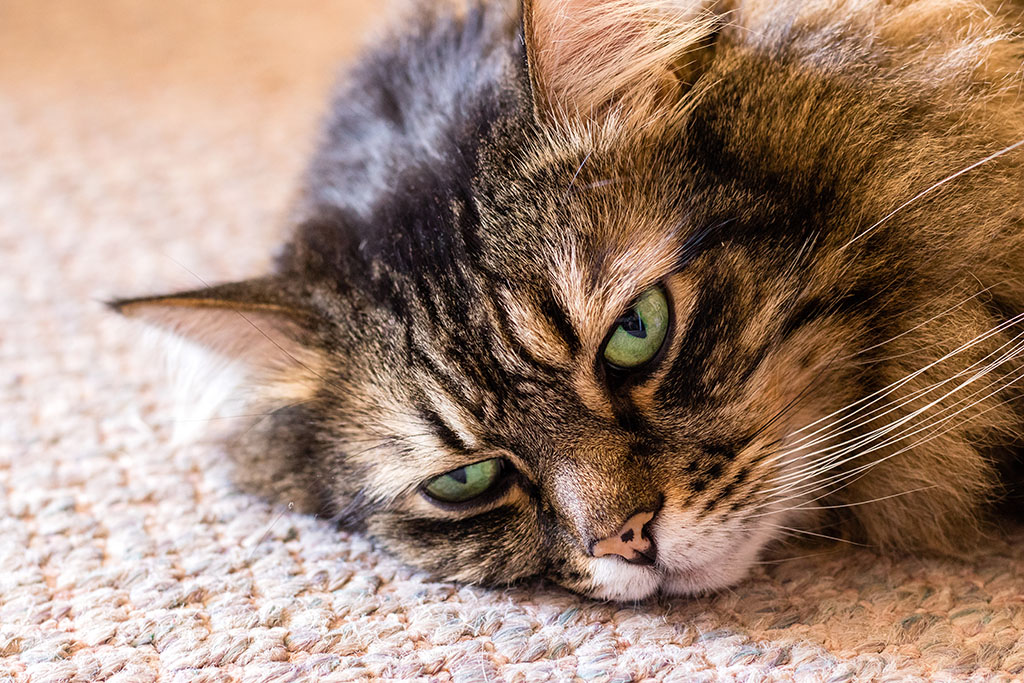Avian Flu – What You Need To Know

We’ve all heard the term ‘Bird Flu’ recently in the media, and we know there’s recently been an outbreak, but what actually is bird flu, and what do we need to know? Do we need to worry about ourselves and our pets? We’ve put together a short summary.
What Is It?
Influenza A viruses in birds are commonly referred to as Avian Flu, a virus that affects the respiratory, digestive and nervous systems of birds. It can have a devastating impact on the bird population and is transmitted between birds through contact with infected saliva, nasal secretions or droppings.
These viruses are predominantly found in birds, but certain strains can affect mammals, particularly carnivorous mammals. This generally happens after the animal has been in close contact with infected poultry or wild birds, infected captive birds, or contaminated equipment.
While a large number of domestic and wild birds have been infected worldwide, only a small number of mammals have been reported to have been infected and in the UK these tend to be mammals that scavenge dead, or dying, birds. They include:
Red Foxes
Harbour Porpoises
Grey Seals
Common Dolphins
Eurasian Otters
In very rare cases humans can also be infected after close contact with infected birds, but there has been no human-to-human transmission in this outbreak.
Can It Affect Domestic Pets?
Domestic pets, such as cats and dogs, are not natural hosts of bird flu and the risk is extremely low, but there have been a few isolated cases where the virus was contracted from an infected bird. Some mammals can carry the virus without showing any symptoms and some, particularly cats, have very mild symptoms, although of course it could cause further problems for animals who are very young, very old, or have a compromised immune system.
While the transmission is possible from cat to cat or dog to dog, it’s not possible for the virus to pass from cats or dogs to humans.
What To Look For
Fever
Difficulty breathing
Nasal discharge that’s pink/red in colour
Loss of appetite
Eye discharge
Depression
What Measures Should I Take?
The overall risk of your pet contracting avian flu is extremely low, but it’s always good to take precautions, even if you’re not in an area with a reported outbreak. You could try to prevent your pet from picking up and eating sick or dead birds; dog owners may need to keep their dog on the lead when out and about somewhere they might sniff out a carcass.
You can find more information and the latest updates on the government website, including risk levels, outbreak reports, and data relating to cases in non-avian wildlife.
All content provided on this blog is for informational purposes only. We make no representations as to the accuracy or completeness of any information on this site or found by following any link on this site. We will not be liable for any errors or omissions in this information nor for the availability of this information. We will not be liable for any loss, injury, or damage arising from the display or use of this information.



